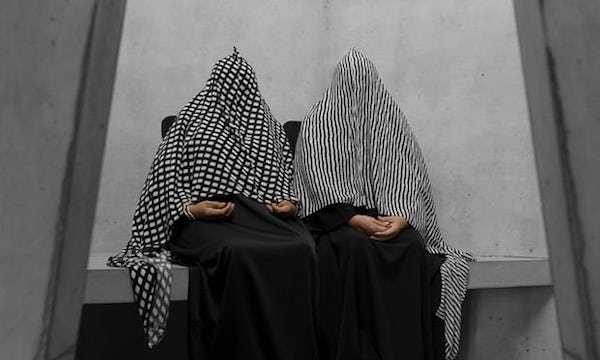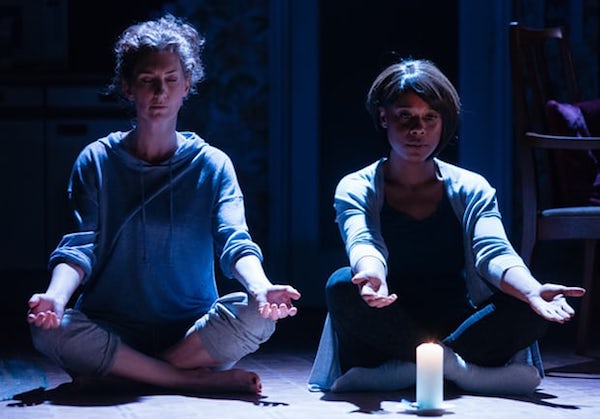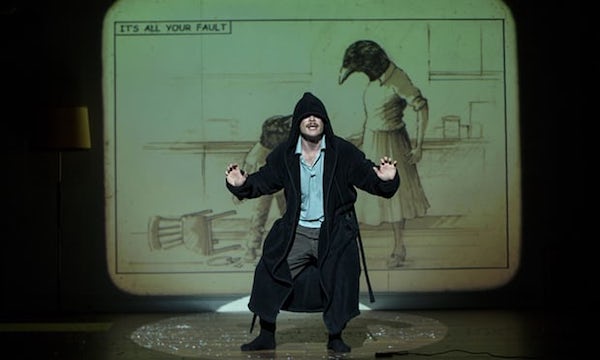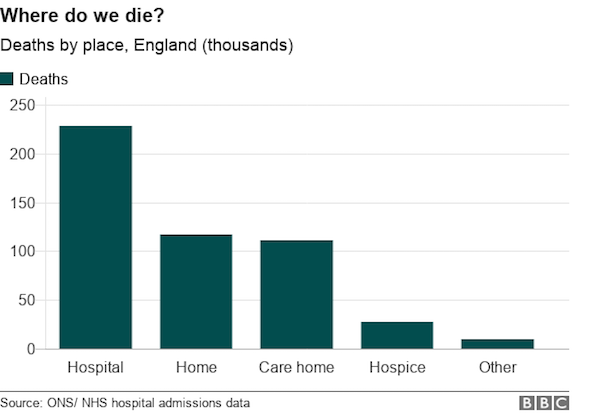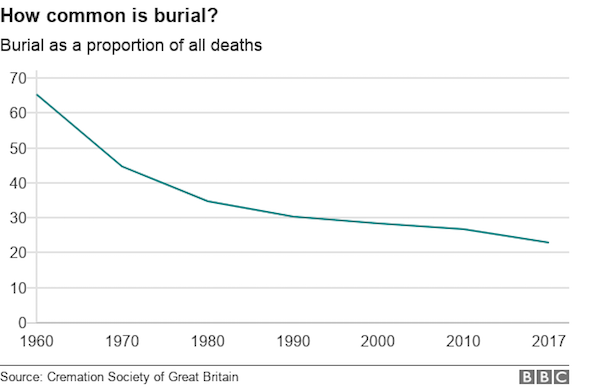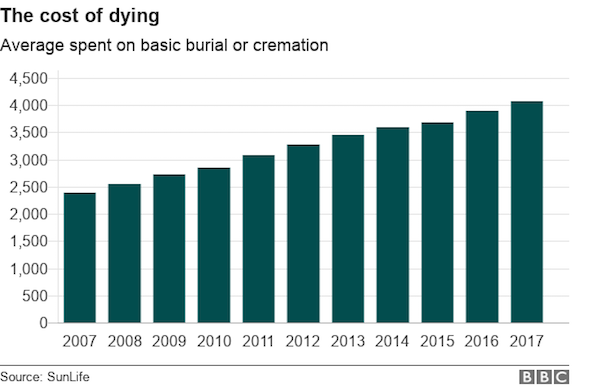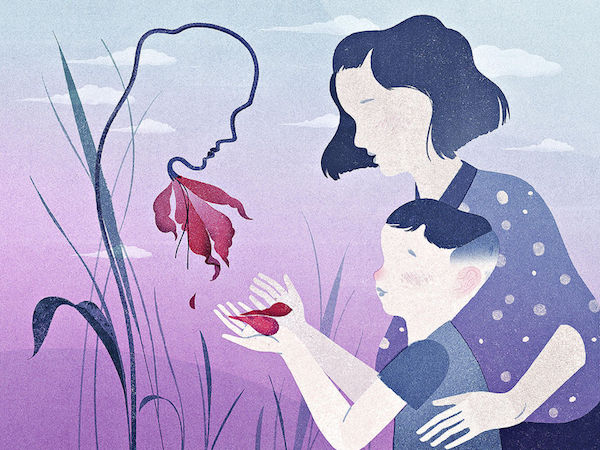What is a Medical Power of Attorney?
A Medical Power of Attorney is a legal instrument that allows you to select the person that you want to make healthcare decisions for you if and when you become unable to make them for yourself. The person you pick is representative for purposes of healthcare decision-making.
What Healthcare Decisions are you Talking About?
Any kind of decision that is related to your health that you allow. You could limit your representative to certain types of decisions. (For example, the decision to put you on life support when there is no hope of you getting better.) On the other hand, you could allow your representative to make any healthcare decision that might come up. This includes decisions to give, withhold or withdraw informed consent to any type of health care, including but not limited to, medical and surgical treatments. Other decisions that may be included are psychiatric treatment, nursing care, hospitalization, treatment in a nursing home, home health care and organ donation.
How is this Different from a Living Will?
A Living Will is a statement of decisions you made yourself. It tells the doctor that you do not want to be kept alive by machines, if there is no hope of getting better. A Medical Power of Attorney gives someone else the authority to make medical decisions for you if you are unable to make them for yourself. It is meant to deal with situations that you cannot predict. Because you cannot predict these situations, you cannot decide in advance what choice you would make. The Medical Power of Attorney allows you to pick the person that you trust to make to these kinds of decisions when you cannot make them yourself.
Do I Still Need a Living Will If I Have a Medical Power of Attorney?
Yes. Any decisions that you make in your Living Will must be followed by the person you name as your Medical Power of Attorney.
When Would I Need a Medical Power of Attorney?
A Medical Power of Attorney is used when you become unable to make healthcare decisions for yourself. For example, if you are unconscious after a car accident and you need a blood transfusion; if you are under anesthesia and you need to have a more extensive procedure than you initially consented to; or if you become mentally incompetent as a result of Alzheimer’s Disease and you need medical treatment.
How will I know if I am able to Make Healthcare Decisions for Myself?
A doctor or psychologist or advance practice nurse working with a doctor will make this determination. Commonly, the doctor will say that you lack the capacity to make healthcare decisions. He or she may also say that you are incapacitated. If you are conscious, you will be told that you have been found to be incapacitated and that your Medical Power of Attorney Representative will be making decisions regarding your treatment.
How Does the Doctor Decide that I am Unable to Make Medical Decisions for Myself?
The doctor, psychologist or advance nurse practitioner will evaluate your ability to:
- Appreciate the nature and implications of a health care decision; (Are you able understand what your doctor is telling you and understand the consequences of any choices t hat you make ?)
- Make an informed choice regarding the alternatives presented; (Are you able to process the information the doctor gives you and make your decision based on this process?) and
- Communicate that choice in an unambiguous manner. (Are you able to let your doctor know what you have decided? You may state your choice, write it down, or in some case, just nod your head. The important thing here is that there must be no doubt about what your are trying to express.)
If the doctor determines that you are unable to do these things, they must write this in your medical records. The doctor’s statement must include the reason why you were found to lack capacity.
Can the doctor say that I do not have the capacity to make Healthcare Decisions just because I am old or have a mental illness?
No. Simply being old or having a mental illness is not enough to support a finding that you do not have the capacity to make medical decisions. The doctor must complete the three part evaluation discussed above before he or she determines that you do not have the capacity to make healthcare decisions.
Does the Person I Name as Medical Power of Attorney have any Control Over My Medical Care if I can Still Make My Own Decisions?
No. The person you name as your Medical Power of Attorney has no authority until you become unable to make your own decisions.
Can I Name an Alternative or a Back-up Representative in Addition to My First Choice?
Yes. You may name one or more “successor representatives” to fill this role if your first choice is unable, unwilling or disqualified to serve.
What Kinds of Things Can the Person I Name as Medical Power of Attorney Do?
The person that you name as your Medical Power of Attorney representative can make any decisions related to your health care that you allow. These decisions could include giving, withholding or withdrawing informed consent to any type of health care, including but not limited to, medical and surgical treatments. Other decisions that may be included are life-prolonging interventions, psychiatric treatment, nursing care, hospitalization, treatment in a nursing home, home health care and organ donation. Your representative can have or control access to your medical records and decide about measures for the relief of pain.
Your Medical Power of Attorney can be as broad or as narrow as you want it to be. You can specifically write that your Medical Power Attorney Representative shall not have the power to make one of these decisions. Or, you can specifically state exactly what decision you want your Medical Power of Attorney Representative to make. For example, you might say that your representative cannot give a certain person access to your medical records.
How Can I Make Sure that the Decisions My Medical Power of Attorney Representative
Makes are Ones that I Would Agree With?
There are several things that you can do to help your representative make decisions that you would agree with.
- Write it down. You can include specific instructions in your Medical Power of Attorney to cover particular circumstances. You can also include a statement of your personal values to help your representative make decisions.
- Talk about your wishes. Discuss your wishes with the person you appoint as your Medical Power of Attorney representative. Tell them about your religious beliefs and personal values. Make sure that they know the things that you definitely would want as well as the things that you absolutely do not want.
Who should I name as my Medical Power of Attorney Representative?
You should pick someone that knows you well and that you trust to make healthcare decisions for you based on your personal wishes and values. You may or may not want to name a family member as your Medical Power of Attorney Representative. Keep in mind, that some of the decisions your representative will have to make will be very difficult. It might be difficult for some family members to overcome their own emotions and make decisions that are based on your personal values. The most important consideration in naming a Medical Power of Attorney Representative is to choose someone you trust to be able to make decisions based on the values and directions you have set out.
Can I appoint my doctor as my Medical Power of Attorney?
No, the law says that you cannot appoint your doctor as your Medical Power of Attorney. Additionally, the following people cannot serve as your Medical Power of Attorney:
- Any doctor, dentist, nurse, physician’s assistant, paramedic, or psychologist who is treating you, cannot serve as your Medical Power of Attorney representative;
- Any other person who is providing you with medical, dental, nursing, psychological services or other health services of any kind, cannot serve as your Medical Power of Attorney representative;
- Any employee of any doctor, dentist, nurse, physician’s assistant, paramedic, or psychologist who is treating you cannot serve as your Medical Power of Attorney representative, UNLESS the employee is your relative;
- Any employee of any other person who is providing you with medical, dental, nursing, psychological services or other health services of any kind cannot serve as your Medical Power of Attorney representative, UNLESS the employee is your relative;
- An operator of the hospital, psychiatric hospital, medical center, ambulatory health care facility, physicians’ office and clinic, extended care facility operated in connection with a hospital, nursing home, a hospital extended care facility operated in connection with a rehabilitation center, hospice, home health care, and any other facility established to administer health care that is currently serving you cannot serve as your Medical Power of Attorney representative.
- Any employee of an operator of a hospital, psychiatric hospital, medical center, ambulatory health care facility, physicians’ office and clinic, extended care facility operated in connection with a hospital, nursing home, a hospital extended care facility operated in connection with a rehabilitation center, hospice, home health care, and any other facility established to administer health care cannot serve as your Medical Power of Attorney representative, UNLESS the employee is your relative.
Does My Medical Power of Attorney Representative Have to Pay My Medical Bills?
No. A Medical Power of Attorney only gives the person you appoint authority to make healthcare related decisions. This does not include authority to pay your bills. For that you need a Durable Financial Power of Attorney. It is entirely possible that the same person may hold both your Medical Power of Attorney and your Financial Power of Attorney. However, if this is not the case, your Medical Power of Attorney Representative has no financial authority.
What Happens If I Appoint a Medical Power of Attorney and Then Someone Petitions to Have A Guardian Appointed for Me?
If you appoint a medical power of attorney and then someone petitions to have a guardian appointed for you, the court will give the person you appointed as medical power of attorney special consideration. In other words, the court will appoint the person you name as a medical power of attorney to be your guardian unless it finds that there is a good reason not to.
Can I Change My Mind After I Sign a Medical Power of Attorney?
Yes. As long as you have the capacity to do so, you can revoke your Medical Power of Attorney at any time by any of these methods.
- You can destroy the Medical Power of Attorney. Tear it up or burn it.
- You can tell someone else to destroy your Medical Power of Attorney. They must destroy it in your presence.
- You can write out a statement that you are revoking your Medical Power of Attorney. This statement must be signed and dated by you. This revocation does not become effective until you give it to your doctor.
- If you are not able to write, you can tell someone to write out a statement that you are revoking your Medical Power of Attorney. This person must be over 18 years old. This statement must also be signed and dated. You can tell the other person to sign your name on your be half. This revocation does not become effective until your doctor gets it. You can have the other person give it to them if you are not able to.
Is my Medical Power of Attorney Affected if I Get a Divorce?
Yes, if you named your spouse as your Medical Power of Attorney Representative or successor representative. When a final divorce decree is granted, the appointment of your spouse is automatically revoked. You will need to sign a new power of attorney. If you still want your former spouse to serve as your representative, he or she may do so, provided that you reappoint the m in a new Medical Power of Attorney.
What is Required to Make a Valid Medical Power of Attorney?
There are seven requirements:
- You must be an adult or have been determined to be a mature minor*;
- The Medical Power of Attorney must be in writing;
- You must sign it;
- You must date it;
- You must sign it in the presence of at least two witnesses, age 18 or older;
- A Notary Public must acknowledge these signatures;
- It should contain the following language or substantially similar language:
This Medical Power of Attorney shall become effective only upon my incapacity to give, withdraw, or withhold informed consent to my own medical care.
*Persons under 18 are presumed to lack capacity. In order to defeat this presumption, persons under 18 must undergo an examination by a doctor, or psychologist, or an advance practice nurse who is collaborating with a doctor and found to have the capacity to make health care decisions. Once this determination is made, these individuals are referred to as “mature minors.”
Who can be a Witness for my Medical Power of Attorney?
The law only requires that a witness to your Medical Power of Attorney be over eighteen years old. Additionally, the law says that the following people cannot be a witness to your Medical Power of Attorney:
- The person who signed your Medical Power of Attorney on your behalf and at your direction can not be a witness to your medical power of attorney;
- Anyone who is related to you by blood or marriage cannot be a witness to your medical power of attorney;
- Anyone who will inherit from you cannot be a witness to your medical power of attorney; (This can be under your will or under the laws that provide for the distribution of your property if you do not have a will.)
- Anyone who is legally obligated to pay for your medical c are cannot be a witness to your medical power of attorney;
- Your doctor cannot be a witness to your medical power of attorney;
- The person you have named as your Medical Power of Attorney or the person you have named as successor Medical Power of Attorney cannot be a witness to your medical power of attorney.
As part of the Medical Power of Attorney your witnesses must sign a statement that they do not fit any of these categories.



